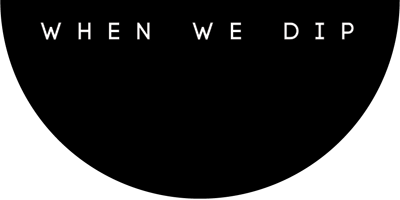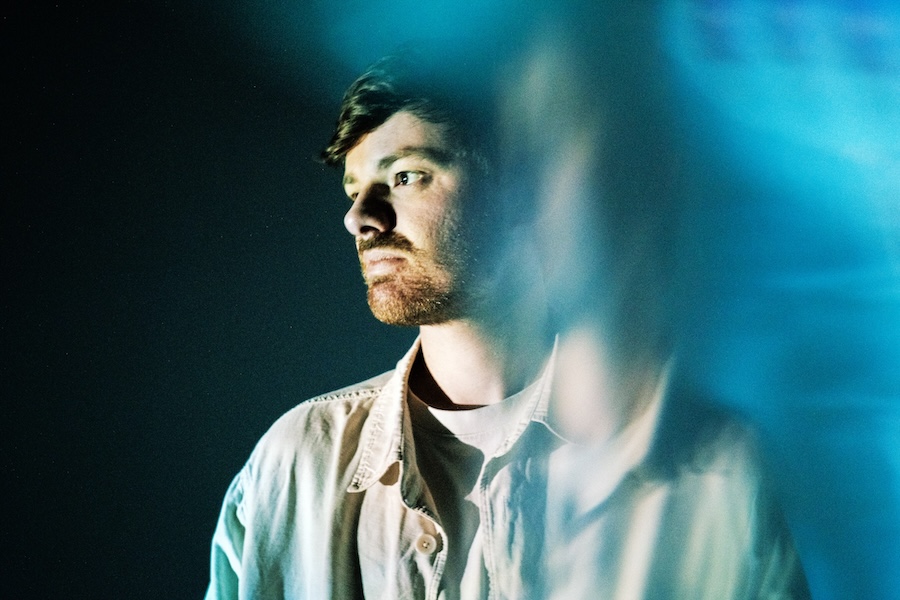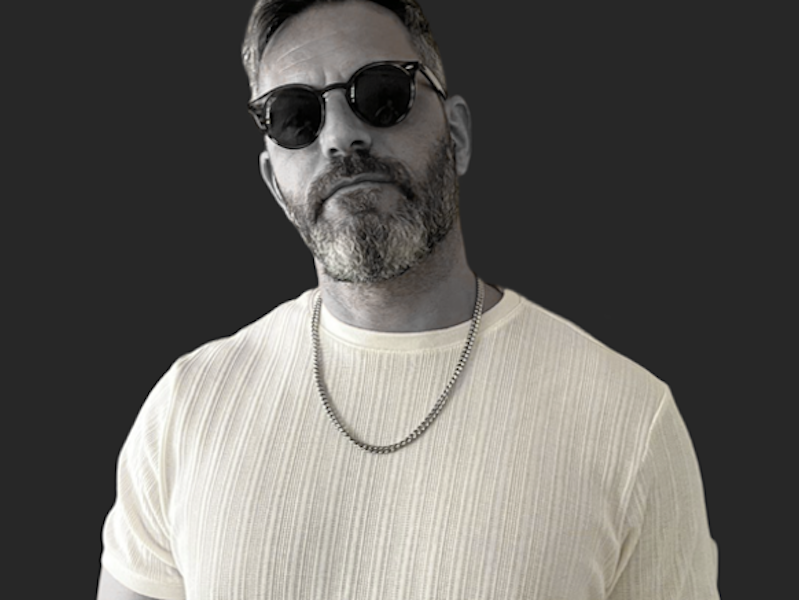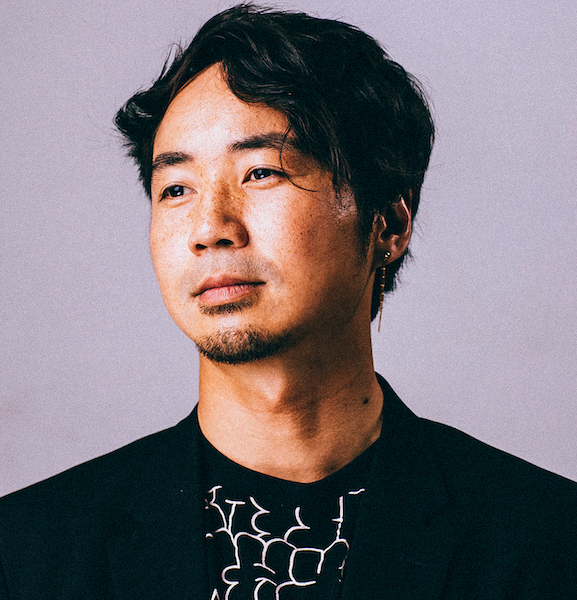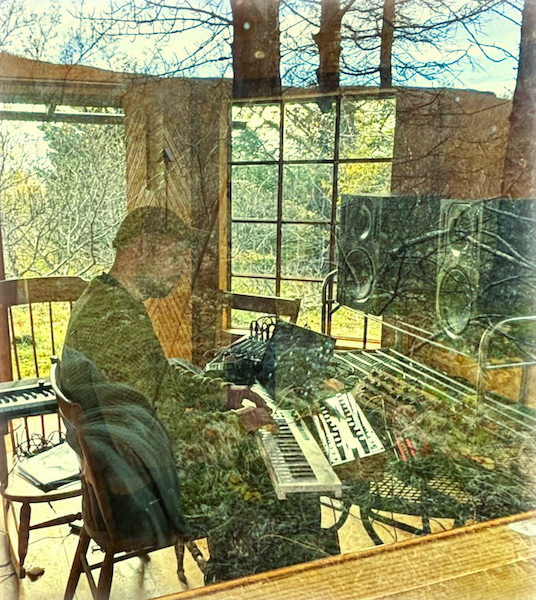kiskadee, London’s own Jack Chown, has quickly become a key player in the electronic music landscape. His journey from engineering for stars like Jessie Ware and M.I.A to taking the spotlight showcases his knack for blending emotional tunes, complex rhythms, and rich textures into engaging soundscapes.
Since his first EP, ‘Home,’ dropped in 2021, kiskadee has been hailed as one of the UK’s brightest emerging acts, earning nods from Complex and Clash, with the latter dubbing him a “little known tour de-force.”
Hot on the heels of his 2023 ‘Believe In Love’ EP, kiskadee is set to release his first album, ‘A Room To Breathe,’ later this year. The lead EP, ‘U / Euphoric Recall,’ is out now on Another Rhythm, a standout UK indie label that’s home to artists include TIBASKO, Swales, Endor and many others.
WWD: Welcome to When We Dip, Jack. How has the year been for you so far?
Thanks for having me! It’s been good thanks, prepping for the album release in May and working on a few new projects. I can’t believe it’s already March though – flying by!
WWD: When did you first start to put the pieces for the new album together?
I started thinking about putting the album together, and the flow of the project, after a show supporting Edapollo at Studio 9294 in London sometime in September 2022. It was one of the first live experiences i’d had with the project and I was discovering that some of my earlier productions made from the confines of my bedroom during that first lockdown in 2020 were maybe a little cluttered for a live context. I set about making something more spacious, that ‘breathed’ and developing fragments of ideas. These then really came together when I traveled to Iceland in February 2023 and did the bulk of the work.
WWD: How did your past collaborations and engineering work influence your approach to your own music production on “A Room To Breathe”?
I think my engineering work in my early twenties taught me to treat the studio like an instrument and to take the time to explore sounds and ideas without worrying where that might lead. I’m really into the idea of craft at the moment, especially In an age of ai and shortening attention spans/results-based thinking. I think it’s even more important to take your time when it comes to creativity and was really fortunate in those earlier moments in my career to have been able to see different creative tricks from the various producers/artists I was working with.
WWD: Can you elaborate on the creative process behind blending organic and electronic elements in your music, particularly in the track “U”?
I originally come from a classical background, as an orchestral percussionist, before exploring the studio as an instrument and the dark-side of electronic music while I was at uni (and couldn’t play for a few months due to repetitive strain from drumming!). I think you can still probably hear that influence, especially in a track like U with the strings in the bridge and lilting chords on the Rhodes in the main section. The track actually started in London with the pulsing synth which I found by playing around with a Slates + Ash patch, I love how warm and human it sounds. I then combined that with a prophet arp and the vocal sample which was the core of the track. When I was in Iceland and based at Greenhouse studios and I just started looping the pulses and playing around with some voicings on this Fender Rhodes they had there which I found super inspiring. After that it came together super quickly.
WWD: In ‘Euphoric Recall,’ how did you approach the process of transposing vocals into a synth, and what was your vision for integrating this with strings and ambient textures?
There’s this great little programme called Paul Stretch which I use a lot. It is basically a granulator that can stretch sounds out by 1000%+ and pitch them around. I think I started by putting the vocal through that and then creating a sample instrument out of it by re-recording into Ableton. I knew that it was going to be the opening track on the album and put it together with that intention as a kind of sonic cleansing device and a moment to literally breathe which is also why it kind of fades in and out like a wave. With that in mind the string and ambient textures came together pretty naturally and there’s also some lilting piano in there from Olafur Arnalds collaboration with Spitfire Audio which is a little subtle nod to Iceland – that texture also ends the album on another upcoming release, Dawn.
WWD: What prompted the decision to revisit old projects as a starting point for your debut album, and how did this influence the album’s direction?
So, confession time – I’m actually turning 30 in May on the day the album comes out. As a musician, I’m obviously slightly freaking out about reaching old age (lol) but have been enjoying looking back over the last decade of working in music. That process is definitely what’s prompted revisiting old projects for source material and it’s been such an enjoyable process of getting back in touch with a few old friends and collaborators as well as some new ones. In terms of how that influenced the album’s direction, I think i’ve been way less concerned with how the tracks might fit into the wider electronic music ecosystem this time round and just gone for something that’s uniquely me which has been really liberating and enjoyable.
WWD: Could you describe the impact of the Icelandic environment on the sonic qualities and themes of your album?
I think there’s something quite ethereal in parts about the tracks which is definitely reflected in that landscape. The Icelandics i’ve come across are incredibly friendly but also very self-assured which I hope i’ve put a bit of into these tracks too. Also, being there in February, I was pretty much snowed into the studio so there’s probably a bit of isolation in there. Physically, there are also a field recordings from Iceland and London in a few of the tracks that sit low in the mix but you can definitely feel so that’s a nice thing to bring away from it too…
WWD: Where do you think your music sits within the current electronic music scene in the UK?
Errr, that’s a tricky one – I’ve always felt bit outside of it to be honest, the uncool kid who hasn’t been invited to the party haha I think that’s maybe because of the film composing work that I do too and bring to the project and the main influences I have at the moment (Christian Loeffler, Ben Lukas Boysen, Hania Rani etc.) who all sit a bit out of that scene too as it feels like it centres more around the high bpm/garage/vocal flip thing at the moment. Who knows though!
WWD: The title ‘A Room To Breath’ suggests themes of liberation and introspection. How do these themes manifest in the album’s overall narrative?
Oof, that’s a tricky one. I think with introspection and self-reflection, I try and make music that puts into words what I maybe can’t express about the world and how I feel about it. That’s been reflected in the artwork for the tracks (beautifully put together by Rudi Falla) where it’s all pictures in/around Hackney where i’ve been based for the past eight years, superimposed with Rudi’s illustrations to kinda reflect my process of sampling life a bit and making something beautiful. So yeah, that’s all intertwined within the album’s narrative a bit but I hope people just take away a feeling of calm reflection from it and their own interpretation.
WWD: With your transition from behind-the-scenes work to the centre-stage, how has your relationship with your own music changed?
That’s a really interesting question! I think there’s definitely a confidence shift that kinda had to happen in relation to my own music, especially with social media etc. When I started the project in 2020, flipping voice-notes into beats and posting the results on Instagram, I didn’t even wanna show my face haha. Although the project is still ‘emerging’, with a little bit of a push around it recently I’ve found that more projects are coming my way in the film/tv world where they want it to sound like an extension of the kiskadee project which is nice and means it all feels a bit more locked together and that I can really lean into the music I love making which is always a good thing! So yeah, it’s been great to see how my own music (and being myself) has been able to make that happen, there’s a lesson in there somewhere!
